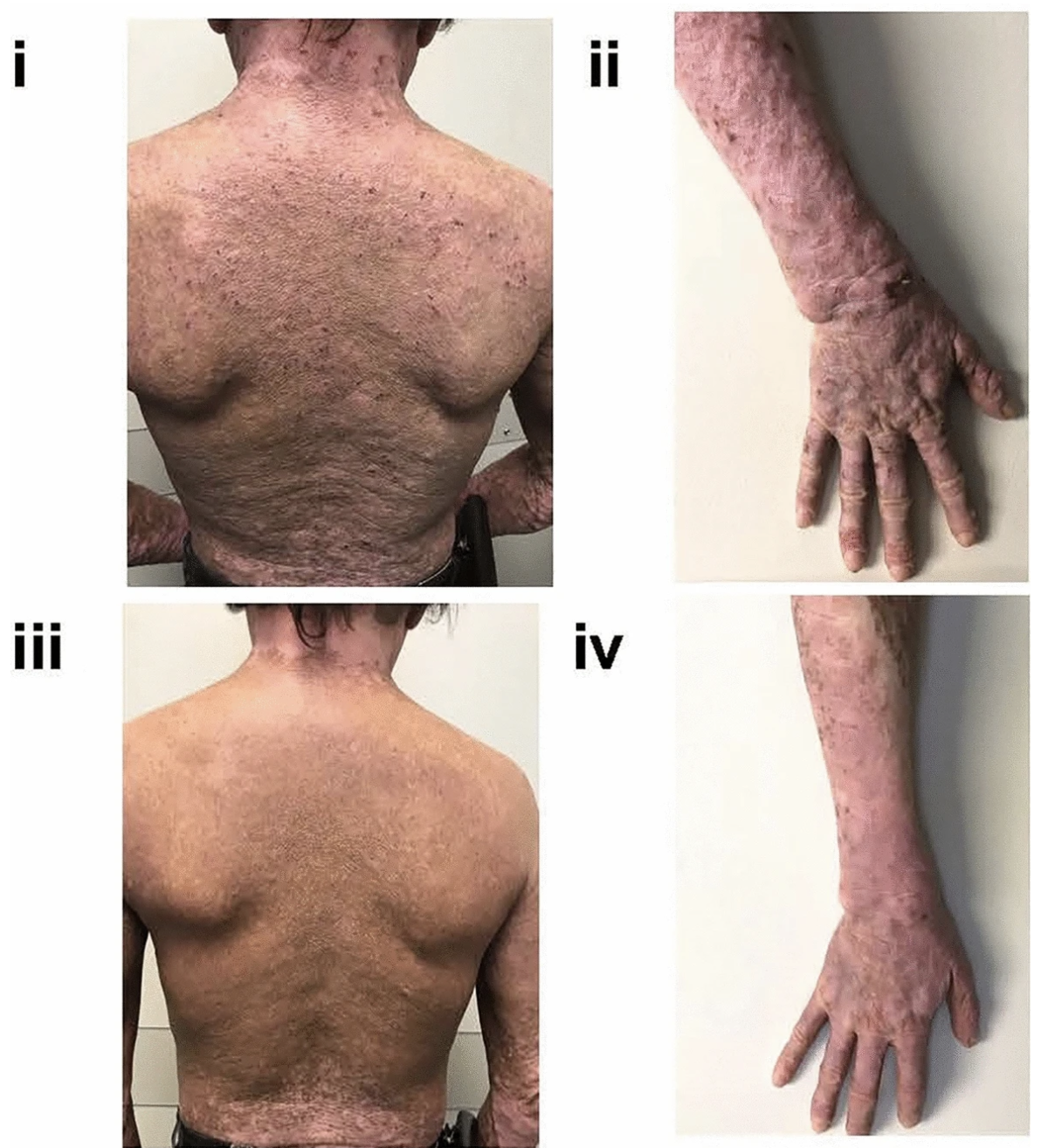October is Eczema Awareness Month, so let’s keep talking eczema.
Last Monday, I talked about the itch that unites all forms of eczema that can be so debilitating and crazy-making.
I’ve cared for enough patient with eczema to know that itch should be classified as a type of pain. And many frustrated sufferers aren’t getting the treatments they deserve.
Today, let’s talk about Dupixent (dupilumab), the medication that triggered a therapeutic revolution for a type of eczema called atopic dermatitis (AD).

According to the National Eczema Association, people with AD are twice as likely to have depression or anxiety. This risk is likely higher if you consider only people with severe cases.
Dupilumab is a monoclonal antibody, which means it’s designed to target a specific protein. It is FDA-approved for treatment of moderate to severe AD that is not well controlled with topical steroids in people 6 months of age and older.
It targets the alpha subunit of the interleukin-4 (IL-4) receptor. Blocking this receptor reduces a type of inflammation called “type II” inflammation. We know this type of inflammation leads to the signs and symptoms of atopic dermatitis, so reducing it helps alleviate these signs and symptoms.
Dupilumab is self-administered through a subcutaneous injection, which means it’s injected under the skin. This method allows for a controlled and consistent delivery of the medication into the body. In most adults, the injection is done once every two weeks. In kids, it’s often only once a month (based on age and weight).
Compared to conventional, non-specific treatments such as methotrexate, azathioprine, and cyclosporine that suppress the immune system, increase risk of serious infections, and require lab monitoring, dupilumab has an excellent side effect profile, but all treatments come with risks.
I talk to my patients and those who care for them about the risks of treatment versus the risks of non-treatment or under-treatment.
The risks of not treating this disease include sleep disturbance (a huge concern in young children), persistent itching and scratching, poor performance at school or work, depression, anxiety, and so on. These often far outweigh the potential risks of treatment.

I’ve seen many lives (and those of their caregivers) transformed with this medication, from folks in their 90s to kids less than one year of age.
If you have atopic dermatitis and the creams/ointments you’ve been prescribed aren’t cutting it (I see you; I hear you), ask a board-certified dermatologist about other options. Dupilumab was the first, but there are now others and still more coming in the future.
Stay tuned for a discussion of other exciting options such.
Do you have experience with atopic dermatitis or dupilumab? Share your story in the comments.


